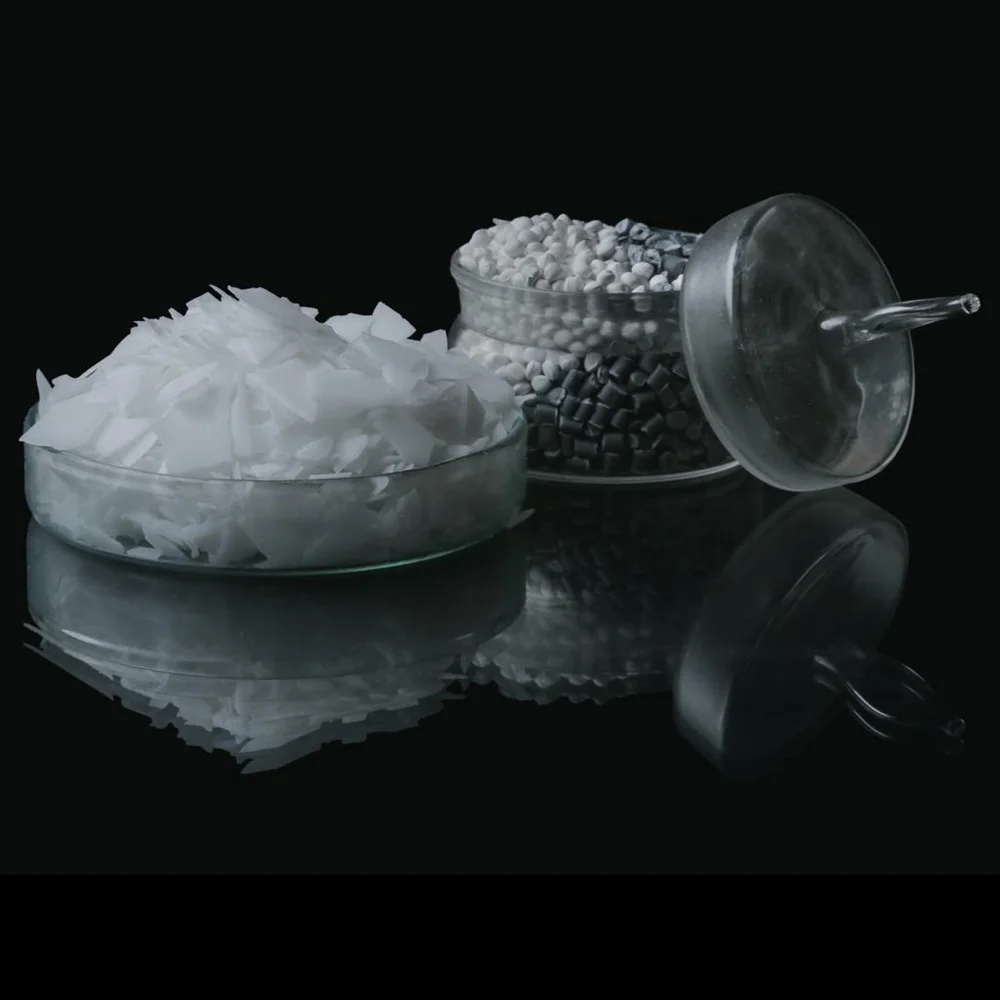Polyethylene wax, often referred to as PE wax, is a low molecular weight polyethylene polymer that is used for various purposes in different industries. Among its many applications, it plays an instrumental role in the production of PVC (Polyvinyl Chloride) products. This article delves deep into the significant role of polyethylene wax in PVC products, examining its functionalities, advantages, and the implications for the broader PVC industry.
Understanding Polyethylene Wax (PE Wax)
To comprehend the role of PE wax in PVC products, one must first understand its basic properties. Manufacturers produce polyethylene wax through various methods: they polymerize ethylene (in a process they call the direct polymerization method), they break down high molecular weight polyethylene resin (in what they know as the degradation method), or they employ other specialized techniques.
characterized by:
- Low Molecular Weight: This gives the material its wax-like characteristics.
- High Melting Point: PE wax has a melting point that’s higher than paraffin waxes, giving it an advantage in various applications.
- Excellent Lubricity: Its ability to reduce friction is beneficial in many processes.
- Chemical Resistance: Resistant to chemicals, solvents, and other corrosive substances.
Functionality of PE Wax in PVC Products
When incorporated into PVC products, PE wax serves several essential functions:
- Lubrication: The primary role of PE wax in PVC processing is its lubricating effect. It aids in the PVC resin’s fusion, ensuring it’s evenly and thoroughly blended with the additives. This makes the resultant product smoother and of superior quality.
- Heat Stability: PVC can degrade when exposed to high temperatures. PE wax, thanks to its high melting point, offers a kind of thermal barrier that prevents degradation, ensuring the final product maintains its desired properties.
- Enhancing Surface Gloss: Products manufactured with PVC often require a polished, glossy finish, especially in applications like flooring, wall coverings, and certain automotive parts. PE wax helps in achieving this desired shine.
- Improving Flow Properties: The fluidity of the PVC melt is essential during the production phase. PE wax aids in achieving optimal flow properties, ensuring that the material can be molded, extruded, or calendered effectively.

Advantages of Using PE Wax in PVC Products
The integration of PE wax into PVC products offers a series of advantages:
- Improved Process Efficiency: Due to its excellent lubricating properties, PE wax aids in the smoother and faster production of PVC goods. Machines run with less resistance, which in turn may result in reduced wear and tear.
- Cost-effectiveness: Given that PE wax improves processing efficiency, there’s a potential reduction in production costs. Faster output with fewer machine downtimes means better profitability.
- Enhanced Product Quality: The improved flow properties, heat stability, and surface gloss contribute to a product of superior quality. Products appear more aesthetically pleasing and are more durable.
- Environmental Considerations: Some traditional additives in PVC might pose environmental concerns. PE wax is a more eco-friendly alternative, given its non-toxic nature and the absence of volatile organic compounds.
Implications for the PVC Industry
The incorporation of PE wax in PVC products has several implications for the PVC industry:
- Innovation in Formulations: As manufacturers become aware of the benefits of PE wax, there’s a surge in research to develop new formulations, enhancing PVC product characteristics even further.
- Green Manufacturing: The push towards sustainable and environmentally-friendly manufacturing practices is paramount. Using PE wax aligns with this vision, allowing producers to meet both regulatory and consumer demands for safer products.
- Global Demand: As the PVC industry grows, so does the demand for effective additives. The global market for PE wax is anticipated to rise given its benefits and crucial role in PVC product development.
- Shift from Traditional Additives: Traditional additives like paraffin may see a decline in demand as PE wax offers better functionality and environmental advantages.
Polyethylene wax, with its unique set of properties, initially plays a pivotal role in the PVC industry. Its ability to lubricate, stabilize, and enhance the surface quality of PVC products consequently makes it an invaluable additive. Furthermore, as the PVC industry continues to grow and evolve, the significance of PE wax is additionally poised to increase, thereby making it a critical component in the sustainable, efficient, and high-quality production of PVC products.
